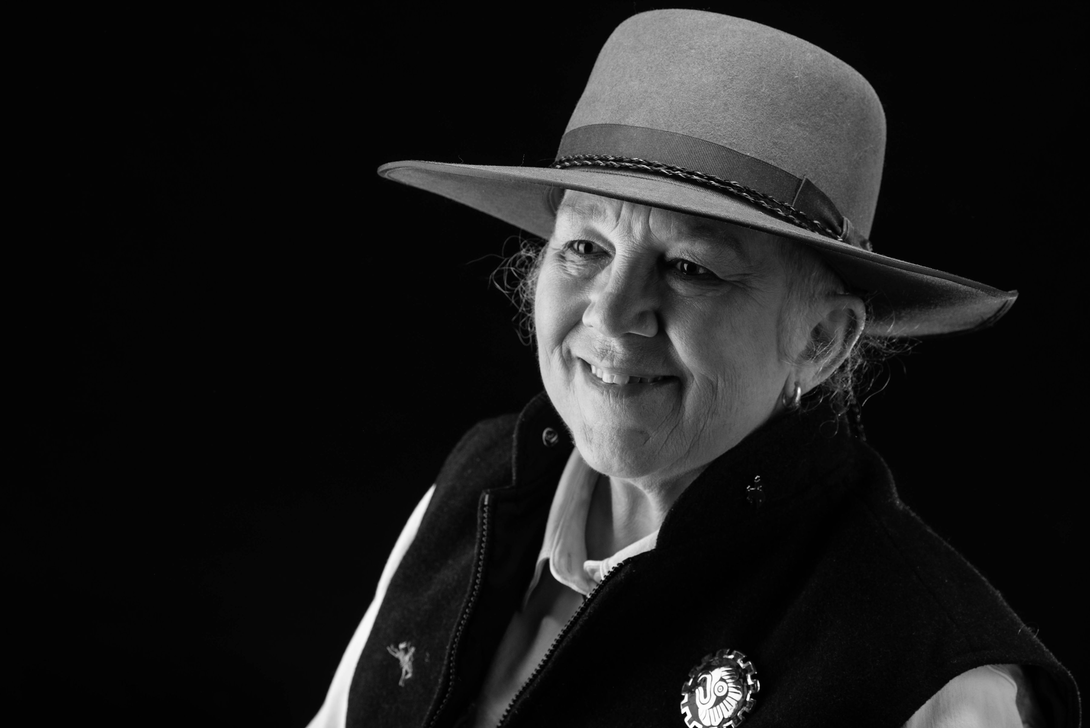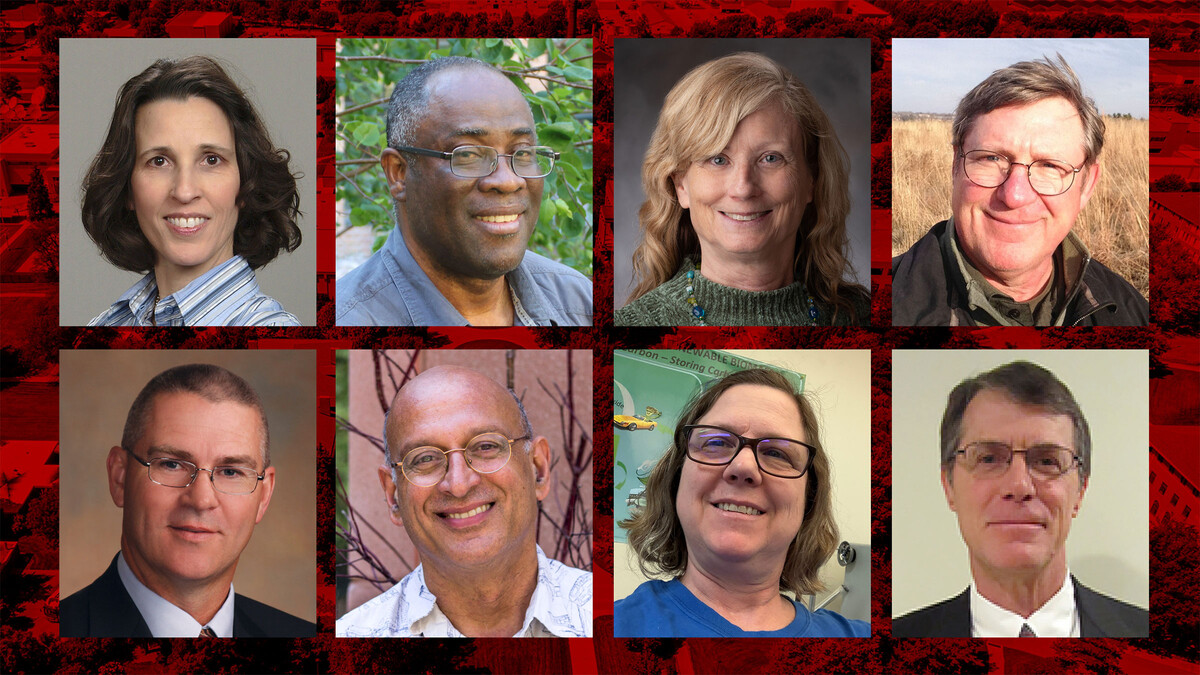
Lincoln, Neb. — In 2019 renovation began on the Blue Star Memorial Highway (Highway 83), which runs through Valentine. Capitalizing on their Main Street being under construction, the city decided to modernize its downtown in conjunction with the overhaul. To help with this project, they turned to Rural Prosperity Nebraska’s newest Extension educator at the time, Jenny Nixon. Little did Nixon know that Valentine would be her first and last community development project.
Earlier this month, Valentine held its ribbon cutting for its new Main Street and business district, an apt event to also commemorate Nixon and her retirement. Here she reflects on her time as a Rural Prosperity Nebraska Extension educator at the University of Nebraska–Lincoln.
Are you from Nebraska?
I’ve been in the panhandle since fourth grade. I graduated from high school in Chadron, then went to UNL and got my undergrad in animal science, and my graduate degree in agronomy. After I married my husband, we moved to Crawford, where we raised our two children. My husband managed the Nebraska State Trailside Museum, and I got a job with the university.
What was your first job with the university?
I started as a 4-H assistant, and then an Extension educator for Sioux County. My degrees put me squarely in the ag sector, with cattle and rangelands. That worked fine for a while, and then I started helping folks with social media marketing. (I don’t know why.) Once I figured out social media, people asked about keeping records. Then they asked about getting their businesses on Facebook. So I figured that out. When the position opened for Rural Prosperity Nebraska, I was already highly vested in doing community development work.
What was your first project as a Rural Prosperity Nebraska Extension educator?
I went from working with Sioux county to the entire northwestern panhandle—Box Butte, Cherry, Dawes, Grant, Hooker, Sheridan, Sioux and Thomas counties. So that was a big change. My first project in that area was with Valentine’s Main Street renovation. It was my job to help them figure out how to complete their goals. We had Kim Wilson, a landscape architect professor, bring up her class to help with layout and design ideas. Then we worked on getting a national grant. Then we recruited specialists Colorado, New York, Canada. It worked really well because everyone in the community was so engaged.
How have you seen community needs change over time?
Main Street projects are the ones that probably get the most visibility, but childcare has become high on the list of concerns. So has mental health. That’s been a struggle, mental wellness versus available health facilities, which are two different things, but they go hand in hand. It’s going to take all of us working together to figure out how to make a difference. If we think about it together, we should be able to come up with better solutions.
What advice would you give communities interested in community development?
Plan. If you never plan, nothing happens. I learned everything by the seat of my pants, and it wasn’t the best way to go. But we’ve started doing planning processes with communities, and it has been really helpful. I think one of the pearls of wisdom is to think first about what you want to do, and then engage folks to help you determine how to achieve your goals.
Given your experiences with this career, what will you look back on with fondness?
The people that work here are so much more than just colleagues. They’re family and friends, and they support you in whatever it is you need.
What will life look like after retirement?
I don’t know for sure, but I know it involves me and my husband on our motorcycles.







